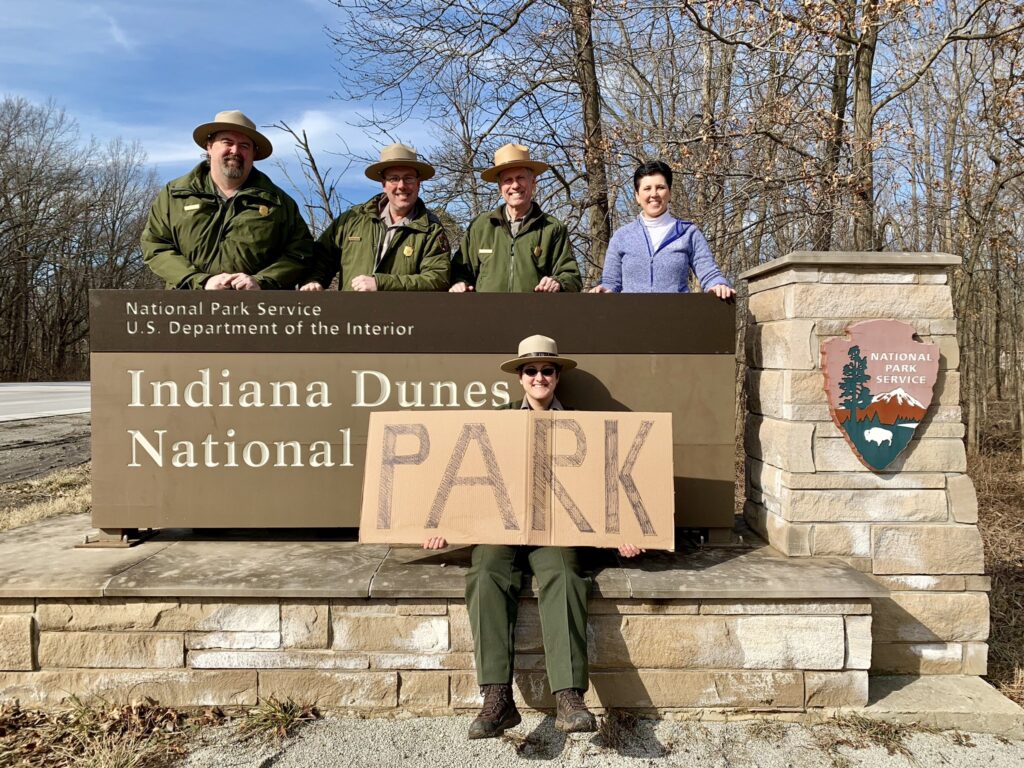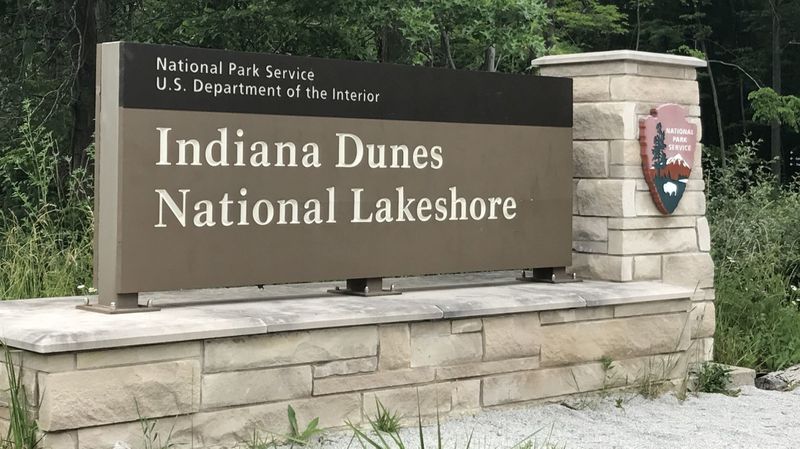Like all great things, Indiana Dunes National Park started out as a hope and dream and evolved into the beautiful landscape we all know and love today. Unbeknownst at the time, but the movement to being a National Park to the mid-west begun in 1899 with the help of these three key individuals: Henry Cowles, a botanist from the University of Chicago; Paul H. Douglas, Senator for the State of Illinois; and Dorothy R. Buell, an Ogden Dunes resident, and English teacher. If it wasn’t for these early actions, Indiana Dunes National Park would never have stood a chance at inception!
During the first twenty years of the battle to save the dunes, the Ball Brothers of Muncie, Indiana, manufacturers of glass fruit jars, and the Pittsburgh Plate Glass Company of Kokomo carried Hoosier Slide away in railroad boxcars. This kind of activity by a local industry spurred Cowles, along with Thomas W. Allinson and Jens Jensen, to form the Prairie Club of Chicago in 1908. The Prairie Club was the first group to propose that portions of the Indiana Dunes be protected from commercial interests and maintained in its pristine condition for the enjoyment of the people for years to come. Out of the Prairie Club of Chicago came the precursor to the current park: The National Dunes Park Association (NDPA). The NDPA promoted the theme: “A National Park for the Middle West, and all the Middle West for a National Park.” The battle for a national park was put on hold when the United States entered the First World War. National priorities changed and revenues were targeted for national defense, not the development of a national park.
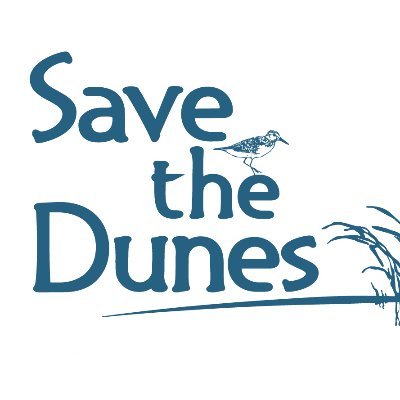
The popular slogan “Save the Dunes!” became “First Save the Country, Then Save the Dunes!” As the nation went from a world war into a depression, hopes to save the dunes began to fade.
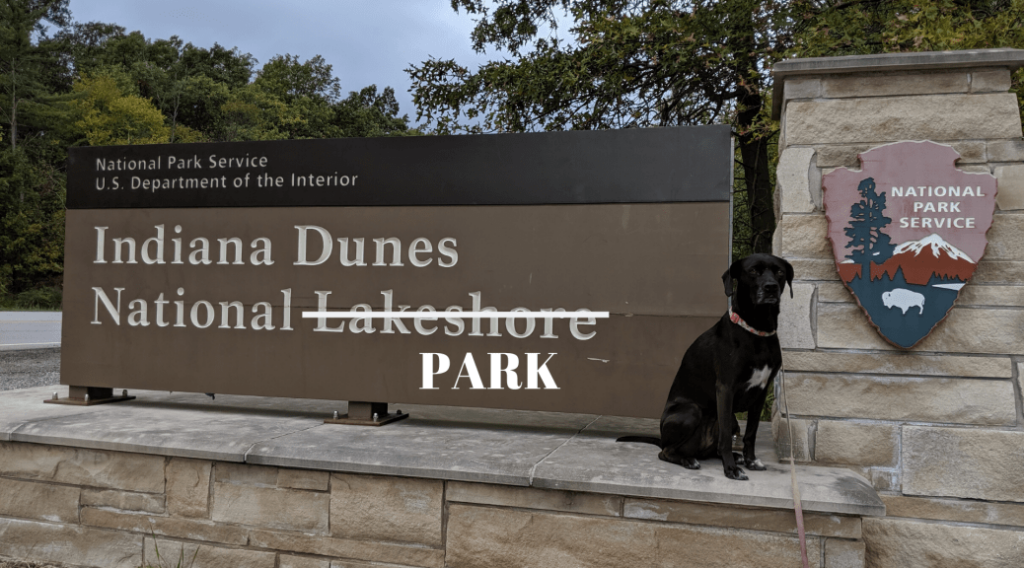
After a ten-year petition in 1926 by the State of Indiana to preserve the dunes, the Indiana Dunes State Park opened to the public. The State Park was still relatively small in size, so efforts continued for a national park. In 1949, Dorothy Buell became involved with the Indiana Dunes Preservation Council (IDPC). Her efforts resulted in the Save the Dunes Council in 1952, but the struggle did not end there. A union of politicians and businessmen desired to maximize economic development by obtaining federal funds to construct a “Port of Indiana.” Hoosier politicians and businessmen were eager to exploit the economic prosperity promised by linking the Great Lakes to the Atlantic Ocean shipping lanes via the St. Lawrence Seaway. In light of this, Save the Dunes Council President Dorothy Buell and council members began a nationwide membership and fundraising drive to buy the land they desperately sought to preserve. Their first success was the purchase of 56 acres in Porter County, the Cowles Tamarack Bog.
In the summer of 1961, those fighting to save the dunes began to see a light at the end of the tunnel. Then-President John F. Kennedy supported congressional authorization for Cape Cod National Seashore in Massachusetts, which marked the first time federal monies would be used to purchase natural parkland. President Kennedy also took a stand on the National Lakeshore, outlining a program to link the nation’s economic vitality to a movement for the conservation of the natural environment. This act became known as The Kennedy Compromise of 1963-1964.
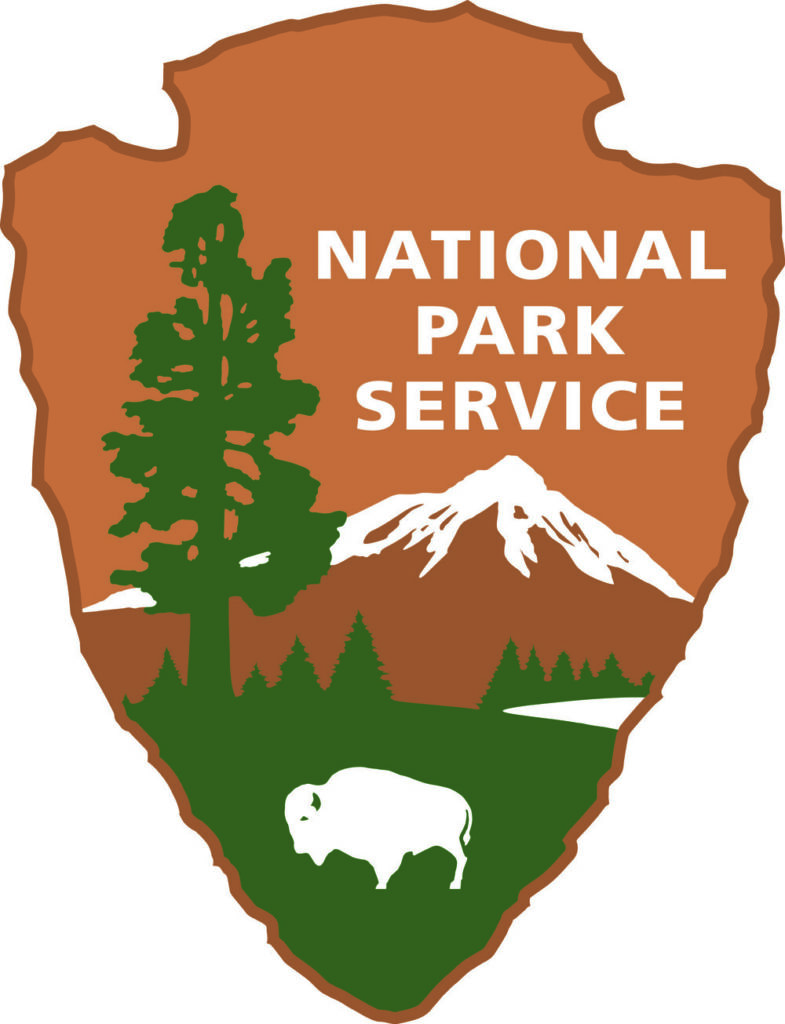
The Kennedy Compromise entailed the creation of a national lakeshore and a port to satisfy industrial needs. Then Illinois Senator Paul H. Douglas spoke tirelessly to the public and Congress in a drive to save the dunes, earning him the title of “the third senator from Indiana.” In 1966, Douglas made sure that the highly desired Burns Waterway Harbor (Port of Indiana) could only come with the authorization of the Indiana Dunes National Lakeshore. By the time the 89th Congress adjourned, Public Law 89-761 had passed on November 5, 1966, and the Indiana Dunes National Lakeshore finally became a reality. While the 1966 authorizing legislation included only 8,330 acres of land and water, the Save the Dunes Council, National Park Service, and others continued to seek expansion of the boundaries of preservation. Four subsequent expansion bills for the park (1976, 1980, 1986, and 1992) have increased the size of the park to more than 15,000 acres.
Then legislation was signed on February 15, 2019, approving the official change in name of Indiana Dunes National Lakeshore, to Indiana’s first National Park, Indiana Dunes National Park! The seventh most visited property in the National Park Services arsenal.
